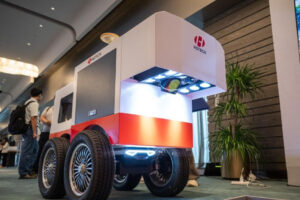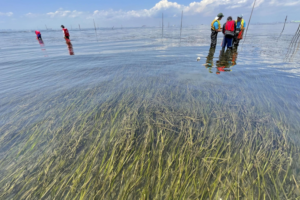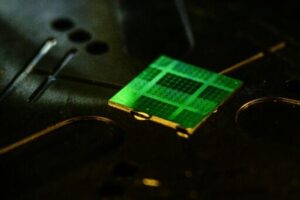Tokyo, 7 July, /AJMEDIA/
An Australian-led study is uncovering new clues about life’s origins by studying ancient microbialite structures formed by early microbes, according to Xinhua.
The research offered new insights into how early life forms may have thrived in extreme environments and could inform future carbon capture strategies to combat climate change, according to a statement released Monday from Australia’s Monash University in collaboration with the University of Melbourne and University College London.
The study showed that microbialites, among Earth’s earliest life forms, could thrive without sunlight, using energy from chemicals like hydrogen, iron, ammonia, and sulfur, allowing them to survive even in total darkness.
“We think these ecosystems have been places where microbes came up with new ways to survive and make energy, helping shape the course of life on Earth,” said Francesco Ricci, the study’s first author, a postdoctoral research fellow in the Monash Biomedicine Discovery Institute’s Greening Lab.
Senior author Harry McClelland from the University College London said the team was uncovering general rules for how these microbial communities function, finding that chemical energy exchange between neighboring areas boosts carbon fixation and recaptures carbon dioxide, enhancing productivity.
Ricci noted that certain microbes in microbialites efficiently consume greenhouse gases like methane and carbon dioxide, suggesting their potential for innovative carbon capture to help mitigate climate change.
Microbialites’ living examples can be found in Western Australia, which not only shed light on Earth’s earliest ecosystems but also point to new possibilities for sustainable carbon management, according to the study published in the ISME Journal of the Netherlands-based International Society for Microbial Ecology.









































